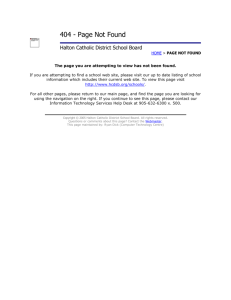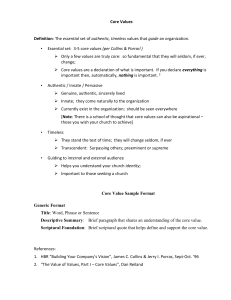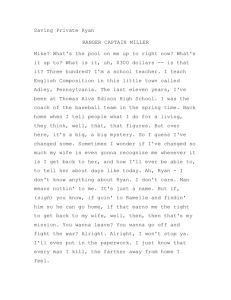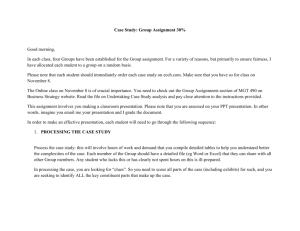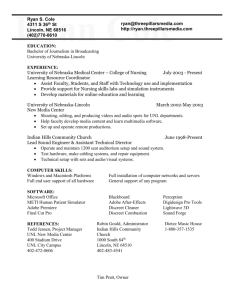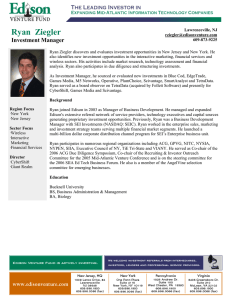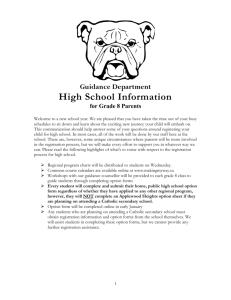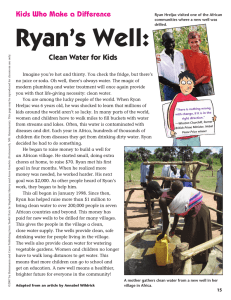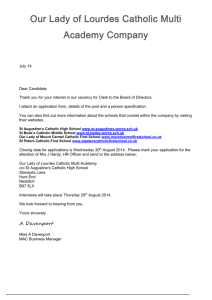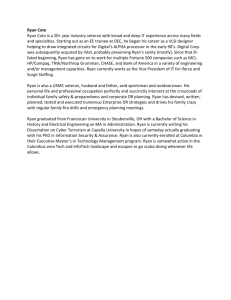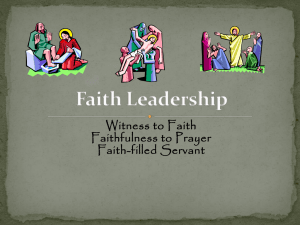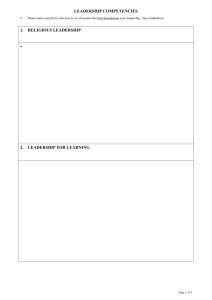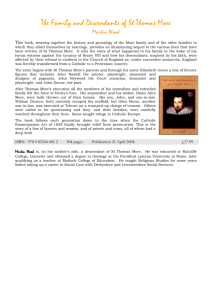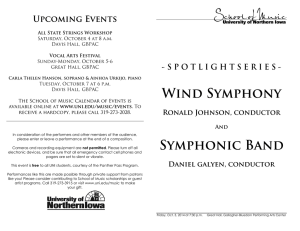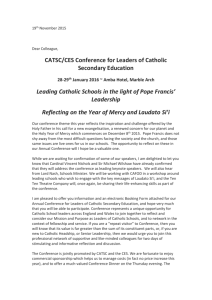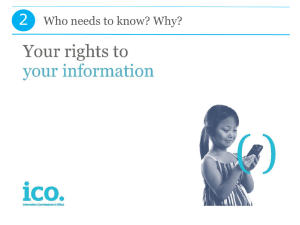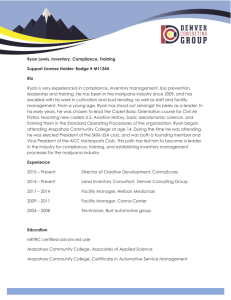The Life Experience Approach to Religious Education
advertisement
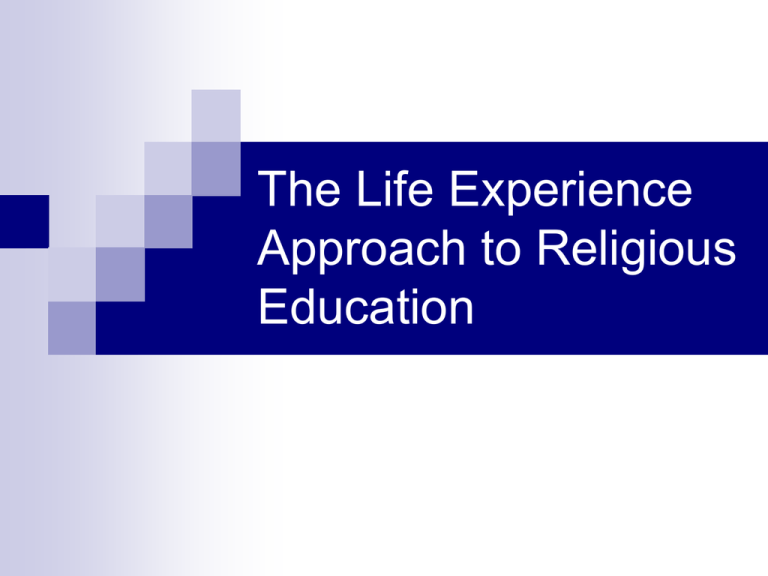
The Life Experience Approach to Religious Education During the 1960’s and 1970’s a lifecentred or life experience approach to religious education developed in Catholic schools. Whenman (2012) indicates that if catechesis was to be meaningful for Australian students, it would need to take into account the interests, problems and experiences of the students. Developments in the United States of America in Catholic religious education influenced the life-centred approach in Australia. Process Experience Shared- student and teacher focus on their own experiences. Reflection Deepened- The student and teacher reflect on their own experiences to gain a deeper understanding. Faith Expressed- The relationship between Christian Story and life experience is revealed in Scripture, Tradition and Liturgy. Insights Reinforced- the student and teacher reflects on the process. (Malone and Ryan, 1994, p. 33). Advantages Students experiences and interests were taken into account Teachers developed a rapport with their students Religion was seen as a way of life to be lived and experienced Sensitive to the needs of students Limitations Lacked educational methodology Ignored traditional approaches Relied on students feeling comfortable to share their own experiences (Ryan, 1997) Reflection Identify aspects of teaching religion and teaching people to be religious in a particular way.
